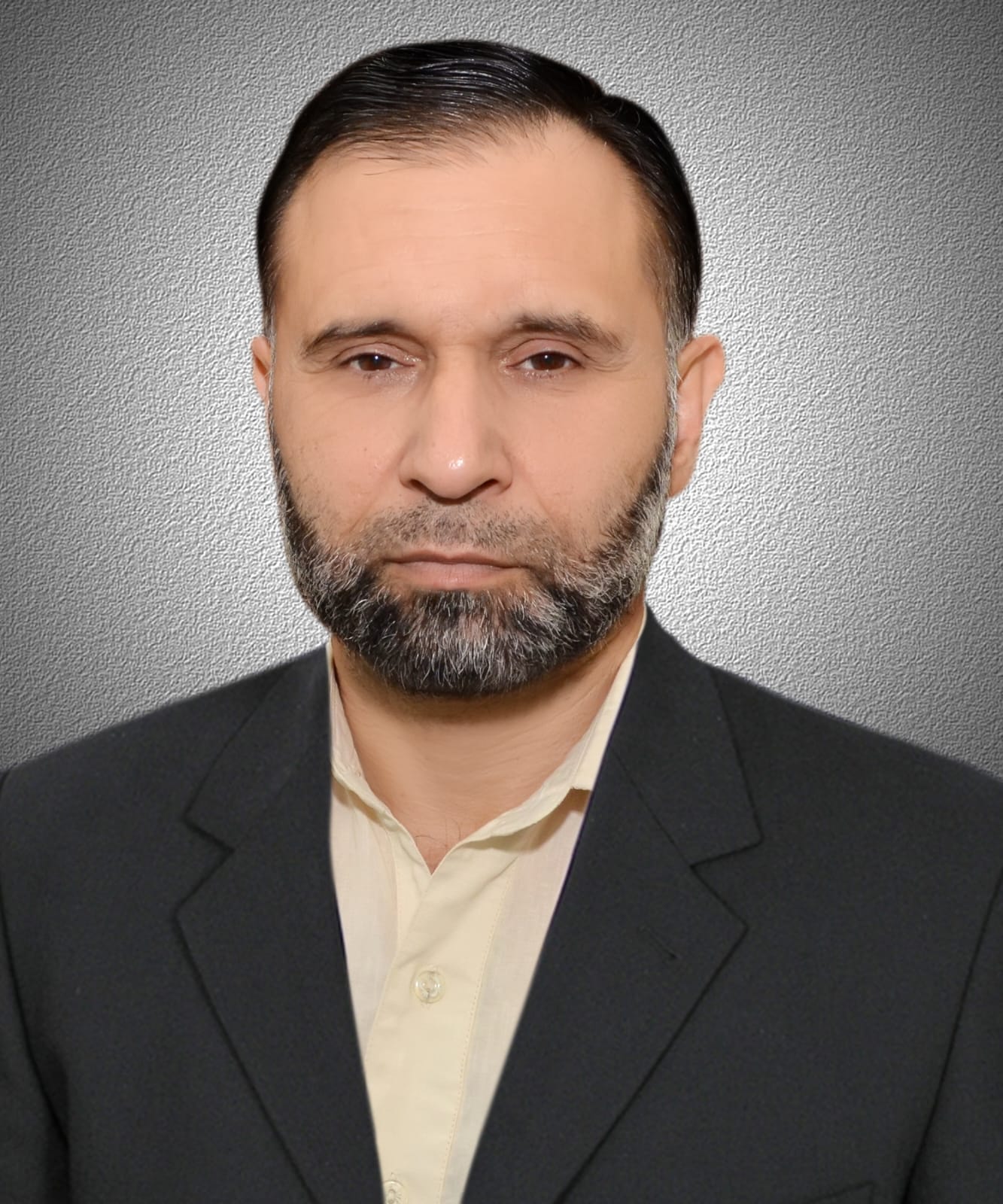By: Ghulam Hussain Ghazi
In Khyber Pakhtunkhwa, environmental protection efforts have evolved beyond mere government projects; they have transformed into a revolutionary movement, emerging as a model for both climate improvement and economic development on national and global stages. While other provinces of Pakistan and the federal government itself remain confined to statements, meetings and token actions against the devastating impacts of climate change, the KP government has mastered the art of converting its forests and environmental assets into economic power through carbon credits.
Under the chairmanship of Chief Minister Ali Amin Gandapur, the formal announcement of the Forest Carbon Credit Mapping Policy was made, an all-encompassing strategy that paves a coherent and sustainable path from forest conservation to earning precious foreign exchange in the form of dollars. This revolutionary policy can be summed up in one simple and understandable sentence: Protect forests, improve the environment and earn income from the global carbon market. It is worth noting that forests absorb tons of carbon dioxide and produce oxygen, serving as a natural shield against the earth-warming toxic gases. This policy has turned forests from mere green spaces into profitable liquid assets. The initiative stands as a prime global example of tackling climate crises, being not just an environmental or economic project, but a visionary blueprint integrating prudent governance, public participation and global cooperation into a unified mission.
Alongside this policy announcement, the KP government introduced its first Carbon Asset Inventory, developed by the Pakhtunkhwa Energy Development Organization (PEDO) under the Department of Energy, based on renewable green energy projects. This inventory has the potential to reduce 5.4 million tons of annual carbon emissions and generate 11.9 million International Renewable Energy Certificates (I-RECs), which are globally tradable. Taking a concrete step forward, KP has registered five of its projects in the international carbon market via the Pakistan Environmental Trust (PET), opening doors to global community access and investment for the province.
Moreover all of KP’s afforestation initiatives have caught global attention. Under the Billion Tree Tsunami, 1.2 billion trees were planted, with an annual absorption capacity of 2.5 million tons of carbon. The ongoing Ten Billion Tree Tsunami has already added 3.5 billion trees, targeting the annual absorption of 10 million tons of carbon by 2030. According to the announced Carbon Credits Report, ten projects across 2.2 million hectares of land in KP hold the potential to absorb 400 million tons of carbon, potentially generating $4 billion in revenue and creating 50,000 jobs, an extraordinary leap forward. Credit for this groundbreaking policy goes to the province’s composed and fearless Chief Minister Ali Amin Gandapur and the top administrator Chief Secretary Shahab Ali Shah, whose planning and development acumen is second to none.
What sets this policy apart is that it’s not built on hollow promises or loud political claims, but grounded in real-world needs and global market demands. The most significant aspect of this model is the inclusion of local communities. Ten percent of the revenue will go directly to those who maintain and protect the forests, ensuring that the public is not merely a bystander but an active partner in the environmental protection mission. Thus, this policy has transformed into a development model that unifies economic self-reliance, social inclusion, and environmental protection. Its success will not only contribute to Pakistan’s economic independence but also serve as a tremendous service to the global community.
Like every visionary initiative, this historic policy also faces certain challenges. The first is the uncertainty of the nascent carbon market, where pricing fluctuations and global politics often interfere. The solution is ongoing consultation with global experts. For sustainable outcomes, the establishment of a dedicated research cell to monitor international trends is advisable.
The second major challenge is double counting, where the same carbon credit might be claimed more than once, which could damage the credibility of the project on a global scale. The remedy lies in adopting a transparent registry system that meets international standards, with the aforementioned cell playing an active role.
The third and perhaps most critical hurdle is the indifferent attitude of the federal government, which seems reluctant to integrate this provincial initiative into a national policy. The better course would be for the federation to support KP’s efforts sincerely, thereby improving its own credibility as well. The solution lies in creating a national-level framework that clearly defines revenue sharing, target-setting, and inter-provincial harmony.
To ensure transparency and public trust, a clear revenue distribution structure has also been proposed: 70% to the KP government, 20% to the federal government, and 10% to local communities. A third-party auditing body could be established to maintain trust and prevent corruption.
This policy clearly demonstrates that Khyber Pakhtunkhwa is on the path toward becoming an environmentally responsible, dignified and resource-rich province of Pakistan, an inspiration for generations to come. If timely action, transparency and national unity are maintained, KP’s carbon credit policy will not only open new doors of local development and self-sufficiency but also position Pakistan as a global environmental leader.
When we contrast this with the past, where ruling parties are accused of shifting the wealth of this poor nation abroad through various means, the contrast becomes stark. The present KP government under Ali Amin Gandapur is not only improving Pakistan’s soft image through its environmental actions but is also sincerely pursuing foreign exchange earnings and national economic stability through the carbon policy. The difference is crystal clear.

